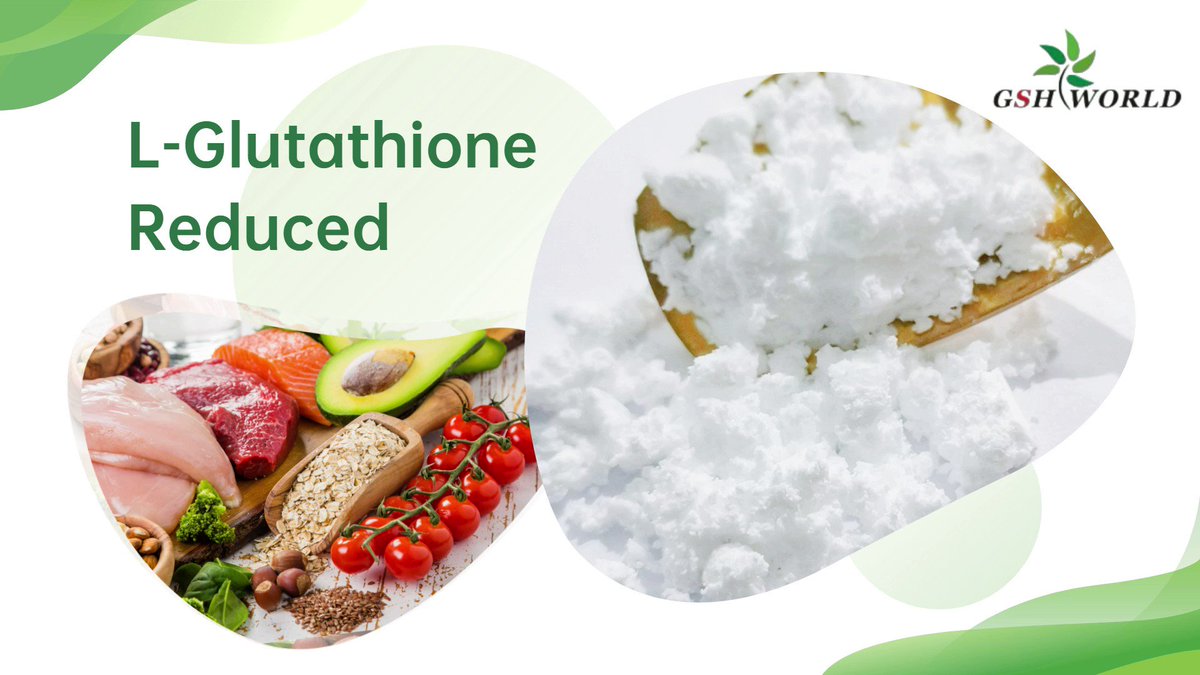Glutathione peroxidase (GPx) is a family of enzymes that catalyze the reduction of hydrogen peroxide (H2O2) and organic hydroperoxides to water and alcohols, respectively, using glutathione (GSH) as a cofactor. GPx plays a crucial role in protecting the cells from oxidative damage caused by reactive oxygen species (ROS), which are generated during normal metabolism or by exposure to environmental stressors, such as pollutants, drugs, radiation, or infection. ROS can damage DNA, proteins, lipids, and other biomolecules, leading to mutations, inflammation, aging, and diseases such as cancer, neurodegeneration, cardiovascular disorders, diabetes, and asthma.
GPx is widely distributed in various tissues and organs of animals, plants, fungi, and bacteria. In humans, eight different isoforms of GPx (GPx1-8) have been identified, which vary in their cellular location, substrate specificity, and biological function. GPx1 is the most abundant and ubiquitous isoform, found in the cytoplasm of nearly all mammalian tissues. It mainly reduces H2O2 and has a broad substrate range for organic hydroperoxides. GPx2 is an intestinal and extracellular enzyme that also reduces H2O2 and organic hydroperoxides. GPx3 is extracellular, especially abundant in plasma. It mainly reduces H2O2 and phospholipid hydroperoxides. GPx4 is expressed in nearly every mammalian cell, though at much lower levels than GPx1. It has a high preference for lipid hydroperoxides and can also reduce complex substrates such as cholesterol and DNA peroxides. GPx5 is an epididymal protein that may be involved in sperm maturation and fertility. GPx6 is an olfactory enzyme that may protect the olfactory epithelium from oxidative damage. GPx7 and GPx8 are less characterized isoforms that may have roles in cellular differentiation and proliferation.
The structure of GPx consists of two identical or homologous subunits, each with a molecular weight of about 25 kDa. Each subunit has two domains: an N-terminal thioredoxin-like domain and a C-terminal alpha-helical domain. The active site of GPx is located at the interface of the two domains and contains a selenocysteine (Sec) residue that is essential for its catalytic activity. Sec is a rare amino acid that has a selenium atom instead of a sulfur atom in its side chain. Selenium is a trace element that is required for the synthesis of Sec and the function of GPx.
The mechanism of GPx involves two steps: first, the nucleophilic attack of the selenol group of Sec on the electrophilic center of the substrate, forming a selenenic acid (RSeOH) intermediate; second, the displacement of the intermediate by GSH, releasing the reduced product and forming a selenyl sulfide (GS-SeR) intermediate. The selenyl sulfide intermediate is then reduced by another GSH molecule to regenerate the selenol group of Sec and release glutathione disulfide (GSSG) as a by-product. The overall reaction can be summarized as follows:
R-O-O-H + 2 GSH → R-OH + H2O + GSSG
where R represents an alkyl or aryl group.
The reaction is facilitated by a catalytic residue in the active site, which can be a tyrosine (Tyr), serine (Ser), or cysteine (Cys) depending on the isoform of GPx. The reaction is also influenced by several factors, such as pH, temperature, ionic strength, cofactors, inhibitors, and polymorphisms.
GPx has important implications for human health and disease. GPx protects the cells from the damage caused by ROS, which are generated during normal metabolism or by exposure to environmental stressors. ROS can cause oxidative stress and damage to DNA, proteins, lipids, and other biomolecules, leading to mutations, inflammation, aging, and diseases such as cancer, neurodegeneration, cardiovascular disorders, diabetes, and asthma. GPx also regulates the levels of some endogenous compounds that have biological effects on cell growth, differentiation, apoptosis, and immune response. For example, GPx modulates the levels of prostaglandins, leukotrienes, steroids, thyroid hormones, and nitric oxide.
The activity and expression of GPx vary among individuals due to genetic polymorphisms or environmental factors. Some polymorphisms result in changes in the amino acid sequence or structure of GPx that affect its catalytic efficiency or substrate affinity. Other polymorphisms affect the transcriptional regulation or splicing of GPx genes that alter their expression levels or isoform distribution. These variations can influence the susceptibility or resistance of individuals to various diseases or drugs. For example, GPx1 Pro198Leu polymorphism, which results in a reduced activity of GPx1 enzyme, is associated with increased risk of coronary artery disease, stroke, and cancer. Conversely, GPx4 Ala140Thr polymorphism, which results in an increased activity of GPx4 enzyme, is associated with decreased risk of prostate cancer.
In summary, GPx is a family of enzymes that catalyze the reduction of H2O2 and organic hydroperoxides to water and alcohols, respectively, using GSH as a cofactor. GPx plays a crucial role in protecting the cells from oxidative damage caused by ROS, which are generated during normal metabolism or by exposure to environmental stressors. GPx has diverse structures, functions, and roles in various physiological and pathological processes. GPx is influenced by genetic polymorphisms and environmental factors that affect its activity and expression. GPx has important implications for human health and disease, as it can modulate the susceptibility or resistance of individuals to various diseases or drugs.



